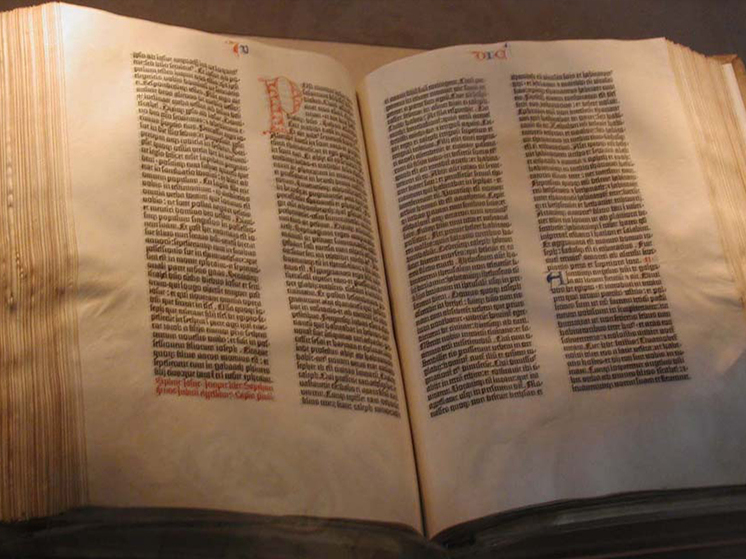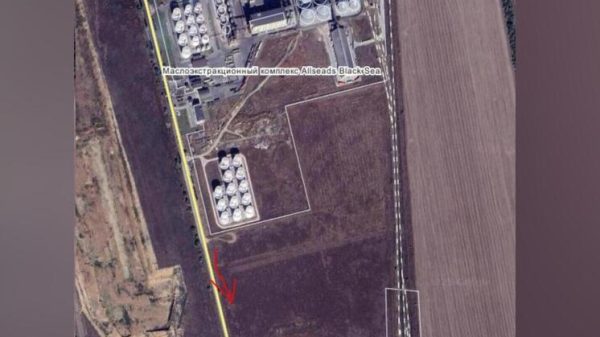Scientists have many questions
Archaeologists have finally discovered a lost alphabet that has puzzled scientists for decades, and which belonged to a civilization that lived 3,000 years ago and had biblical significance.

Since 1964, archaeologists have found 15 different tablets with strange carvings at the site of an ancient settlement in Jordan, the Daily Mail reports. Thanks to new analysis, archaeologists have discovered that they were likely made by the Canaanites, an indigenous group that flourished in the Middle East until the second half of the 13th century BCE.
The Canaanites lived in the «Promised Land» from 3500 BC to 1200 BC before they were conquered by the Israelite tribes after their exodus from Egypt, the Daily Mail recalls. The Canaanites are mentioned several times in the Old Testament, including the books of Genesis, Leviticus, Deuteronomy and Joshua. In Joshua 3:10, God tells the Israelites that he will drive out the Canaanites before they arrive in the Promised Land. The Israelites waged a series of wars against the Canaanites and eventually captured much of their land — a conquest that occurred in the second half of the 13th century BC. But before that, in the Bronze Age, the Canaanites lived throughout the Southern Levant, that is, in the territory of modern-day Israel, Gaza and the West Bank, Jordan, Lebanon and parts of Syria.
It is to this time that the mysterious clay tablets date.
A study published in the journal American Society of Overseas Research showed that the inscriptions were written from left to right and contained 29 unique symbols in the form of dots, vertical stripes and other abstract drawings.
Researchers have suggested that the inscriptions are short cultic sayings referring to the religious temple in which they were found, which was burned and destroyed thousands of years ago.
The temple was located in an ancient settlement called Deir Alla, in the center of the Jordan Valley, which runs along the Jordan River from the Sea of Galilee in Israel to the Dead Sea.
The structure was damaged during the period of widespread destruction that spanned the 13th to 12th centuries. Archaeologists discovered the tablets in a badly burned part of the excavation.
The team also found pottery, including cups and ceremonial vessels, as well as armor among the ruins.
The excavation site also yielded sculptures that were a gift from the Egyptian queen Twosret, allowing the approximate date of the destruction to be established as a little after 1180 BC.
The writing on the tablets resembled the Proto-Sinaitic script, a Middle Bronze Age writing system that may have been the ancestor of this alphabet.
The script also resembles the Proto-Canaanite alphabets found at other Late Bronze Age sites, which were created by people familiar with ancient Egyptian writing, according to the Daily Mail.
But the tablets also featured some unique combinations of signs, including two that were combined with another that resembled an eye. Scientists have identified this sign as «ayin,» which also means «eye.»
These parallels and patterns have helped scholars understand the meaning of the tablets' symbols and begin to decipher their mysterious message.
In particular, their analysis, along with the grammar of late Hebrew, which retains earlier Canaanite forms, has shown that the tablets appear to contain «short ritual sayings» and «poetic proverbs.»
This suggests that the tablets were used in cult rituals that took place at the Deir Alla temple.
But researchers will need to do more research to fully translate them. Studying these tablets has helped scientists better understand the Canaanite language spoken in the region before the Israelites conquered it.
But there are still many questions that need to be answered. As far as experts know, literacy was not widespread until the end of the Iron Age.
During the Bronze Age, writing existed only in isolated areas and was mainly associated with the practice of scribes in powerful societies like the Egyptian state.
So scientists are unsure why there were writing tablets at Deir Alla in the first place. One explanation could be that alphabetic writing was actually used by small groups of scribes and may have been concentrated in temples. This could mean that the Deir Alla tablets are the last remnants of the writing created in temples across Canaan before it collapsed.



















































Свежие комментарии